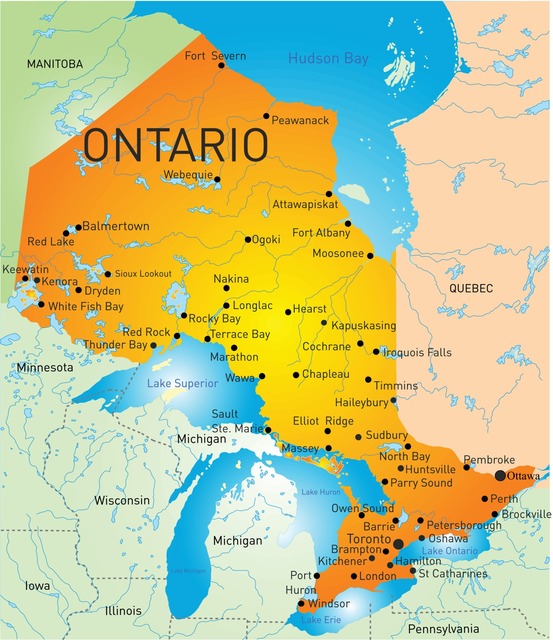In the 2021 Canadian election, all major federal parties pledged to take action to tackle the dire housing crisis and make home ownership more affordable. Sadly, the dream of home ownership is even further out of reach for many families. We have the worst housing affordability situation in our history.
This is tragic. It is time for the feds to pay the piper.
Production taxes, development charges, provincial and federal sales taxes, and land transfer taxes on new housing are out of control – pushing prices higher for homebuyers. Sadly, federal funding for new housing supply and related public infrastructure that supports growth is also lagging.
It is exceptionally difficult for residential developers and builders in Ontario to build more homes – and for the public to afford them – when the various taxes account for such a large chunk of the cost of a home and the funds are not being properly reinvested into public infrastructure for the future.
The federal government must do its part and begin investing more of the taxation revenue it collects from new home construction into public infrastructure that supports the growth of housing.
A report authored by the Canadian Centre for Economic Analysis (CANCEA) shows that taxes on the purchase of a new home in Ontario accounts for 31 per cent of the price, up from about 24 per cent in 2012. The federal government’s share of those taxes is 39 per cent, yet it only invests 7.1 per cent in public infrastructure.
So, on a home that costs the buyer $940,400, $288,500 is taxation revenue paid to the government. It’s an outrageous situation, especially when we are in such dire need of a new housing supply.
The tax burden on new home construction is two times higher compared to other sectors of the economy. Products and sectors such as cars, electronics and manufacturing are not taxed nearly as much.
If you walk into a car dealership to buy a new set of wheels, you wouldn’t expect to be taxed at a rate that’s disproportionately higher than the levy imposed on other products and industry sectors, right?
However, a new home in Ontario has a tax burden twice that of the rest of the economy.
While the federal government reaps most of the benefits of growth through the taxation of new homes, the CANCEA report notes it has not been a significant participant in funding public infrastructure investment.
This puts a strain on local governments and impedes construction at a time when immigration is increasing, and more homes are desperately needed. While Ontario’s population has grown by 68 per cent since the 1970s, the number of annual new housing completions has dropped by 23 per cent.
Residential construction of new homes and investments in public infrastructure is critical to the economic growth of Ontario. Yet, the present level of federal investment in public infrastructure is falling far short of what is needed to sustain our communities and contribute to economic growth. The federal government is contributing too little compared to the amount of revenue it generates.

The CANCEA report suggests that public infrastructure investment funding in Ontario required to support growth trends is 30 per cent below what is required.
This ongoing lack of support is one of the reasons we have the worst housing affordability crisis in Ontario’s history.
The level of federal investment in Ontario has not increased in real terms as a percentage of GDP for the past 10 years. Clearly, there is work to be done.
RESCON has called on the feds to ante up more funds for housing and related infrastructure. It is time they complied.
Richard Lyall is president of the Residential Construction Council of Ontario (RESCON). He has represented the building industry in Ontario since 1991. Contact him at media@rescon.com.









